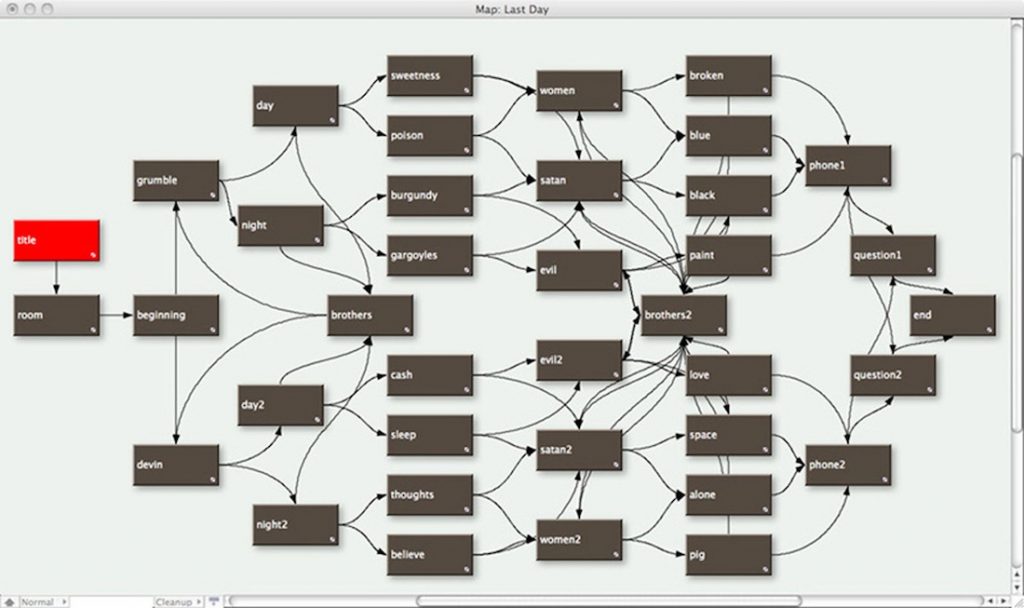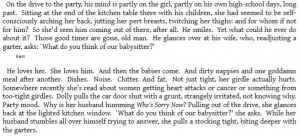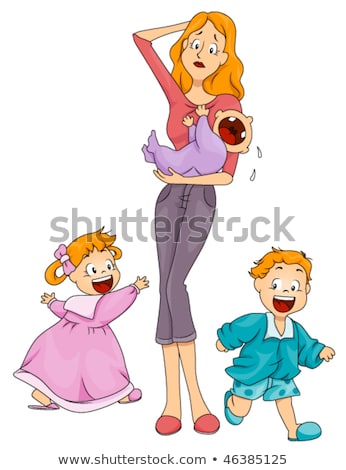
Hypertext is an evolution of the traditional text found in books. Today it compliments print-based media, but it is heading in a direction where it may eventually become the most popular way to read any sort of text. Hypertext is more dynamic than traditional text because of how links are incorporated. An author may use links to simulate moving onto another page similarly to a print-based linear story, but many authors have taken advantage of links by making a non-linear or multi-linear story. I like these sorts of stories because the user can experiment with text and follow their own path. This is like why I enjoy video games so much. Sure, there could be just one ending, but how you got there may vary among people. The Babysitter by Robert Coover is a story that is a bit ahead of its time. It has the content that one may find in a modern hypertext story, but it is all mashed together and is still formatted similarly to a print-based story. I had to read the first few pages a few times because I was so confused. It jumps around so suddenly across different settings and potential outcomes. The reader follows the disaster the babysitter faces at home as well as what happens outside the home with the parents. A hypertext platform we have today like Twine would be a much better format for this.
“Most authors of the hypertext fiction started writing in the new media not only to explore the affordances of the digital, but also with awareness of the position of literature with in a broader and rapidly shifting media ecology.”
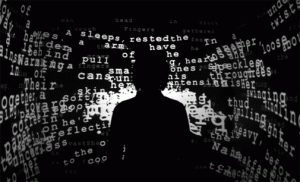
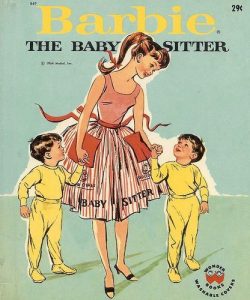
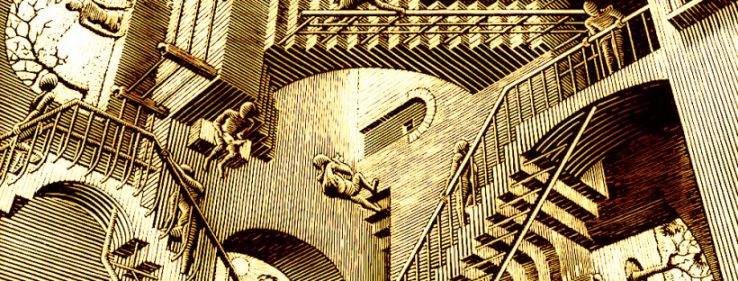
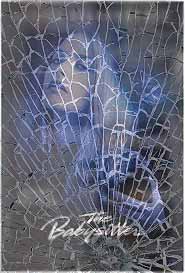 In reading the chapter this week I enjoyed reading the different approaches taken by authors to produce hypertext. Though, in reading “The Babysitter” I found it a little challenging in following the story.
In reading the chapter this week I enjoyed reading the different approaches taken by authors to produce hypertext. Though, in reading “The Babysitter” I found it a little challenging in following the story.
